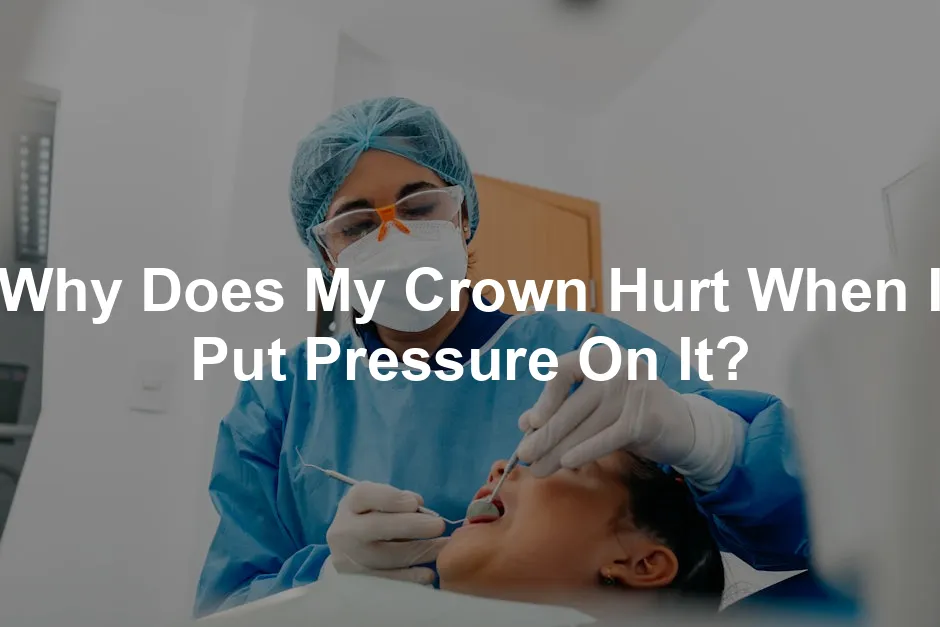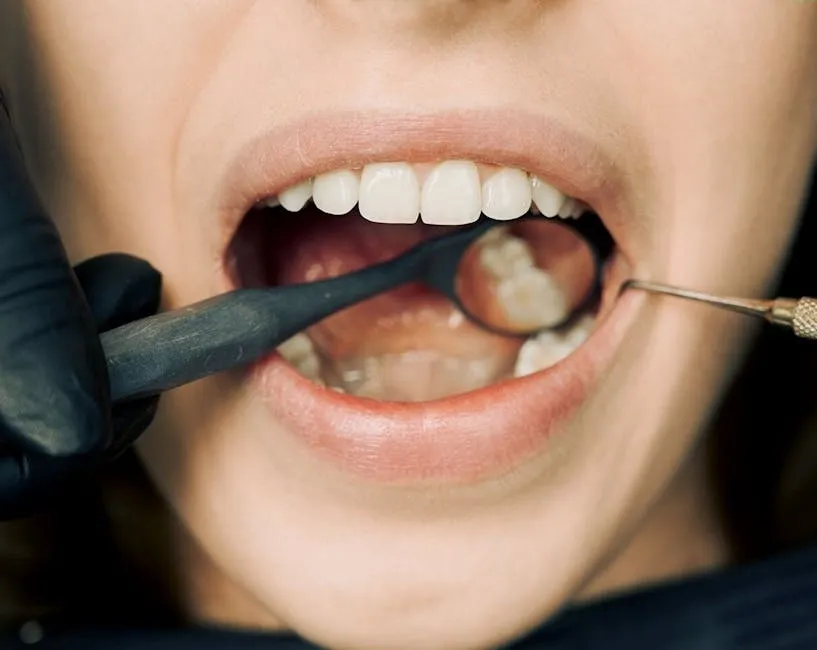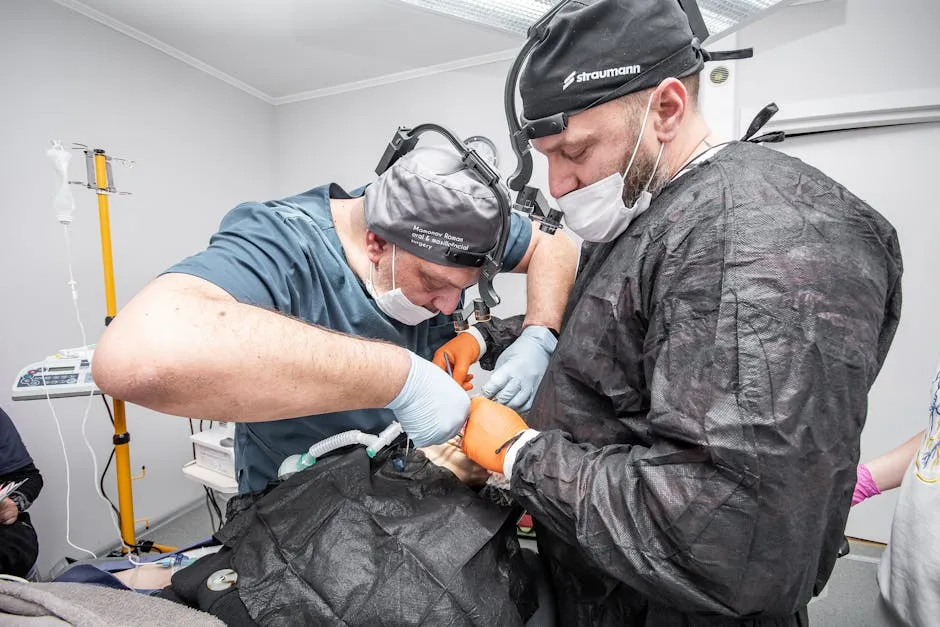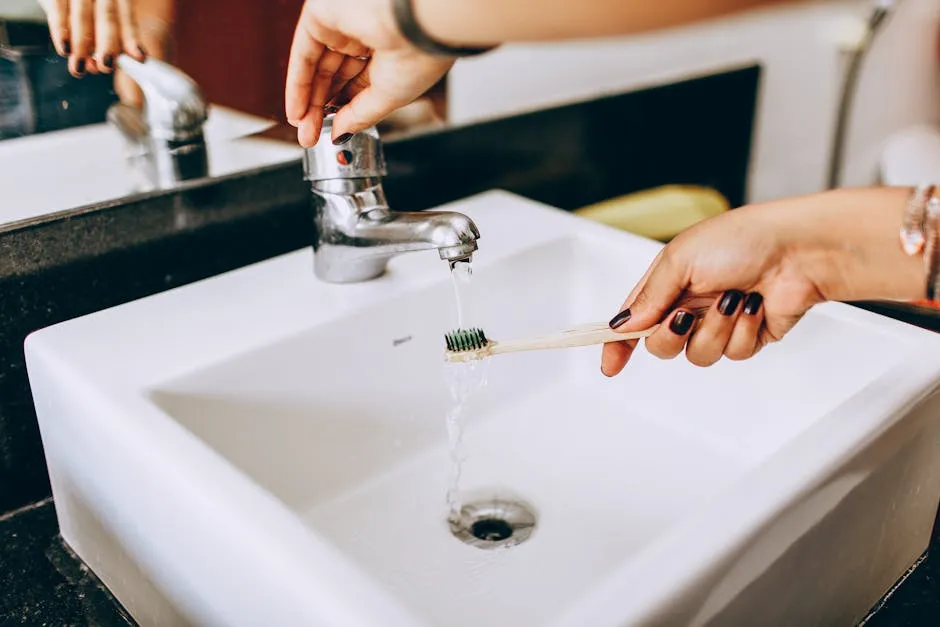
Why Does My Crown Hurt When I Put Pressure On It?
Introduction
Dental crowns serve a crucial role in dental health. They cover and protect damaged teeth, restoring their shape and function. However, many people experience pain when pressure is applied to crowned teeth. Understanding why this pain occurs is essential for managing it effectively. To maintain your dental health, don’t forget to incorporate a Oral-B Pro 1000 Electric Toothbrush. Its superior cleaning power can help prevent the buildup of plaque and decay that leads to crown pain.
Summary and Overview
Dental crowns are tooth-shaped caps made from materials like porcelain, metal, or ceramic. Their primary function is to restore the strength and appearance of damaged teeth. Addressing any discomfort associated with crowns is vital. Untreated pain can lead to severe complications, like infections or tooth loss. Recognizing the causes of crown pain can guide you in seeking appropriate treatment. In this section, we will investigate the common reasons behind crown pain, the diagnostic process, and potential treatment options to alleviate discomfort.

Common Causes of Crown Pain
Improper Fit of the Crown
An ill-fitting crown can cause significant discomfort. If the crown is too high or misaligned, it can create pressure points when biting. Symptoms may include pain during chewing or sensitivity to hot and cold substances. Adjustments from your dentist can help alleviate this discomfort.
Tooth Decay Under the Crown
Bacteria can infiltrate beneath a crown, leading to decay. This hidden issue can cause sharp pain when pressure is applied. Regular dental check-ups are crucial to monitor the health of the tooth under the crown. Early detection of decay can prevent more serious problems. And while you’re at it, don’t forget to keep your teeth sparkling with Colgate Total Whitening Toothpaste. It’s like a spa day for your teeth!
Nerve Damage or Infection
Pain may stem from underlying nerve issues. If the tooth’s nerve is infected, pressure can trigger significant discomfort. Symptoms include persistent pain, swelling, or even fever. If you experience these signs, contacting your dentist is essential for prompt treatment.

Gum Recession and Sensitivity
Gum recession occurs when the gums pull away from the teeth, exposing the sensitive roots. This exposure can lead to heightened sensitivity and pain, especially when pressure is applied to a crowned tooth. You might feel discomfort when eating or brushing your teeth. It’s crucial to address gum recession promptly.
There are several treatment options available. A dentist may recommend a deep cleaning to remove plaque and tartar buildup. In more severe cases, gum grafting might be necessary to restore gum tissue and protect the tooth roots. Maintaining good oral hygiene is essential in preventing further recession. And while you’re on the hygiene train, consider adding a Waterpik Aquarius Water Flosser to your routine. It’s like having a mini pressure washer for your mouth!
Grinding and Clenching (Bruxism)
Bruxism, or teeth grinding, can put excessive pressure on dental crowns. This condition often occurs during sleep, leading to pain when biting down. The stress on the crown can cause it to crack or even loosen over time. If you experience this pain, it’s vital to address the underlying issue.
A common remedy for bruxism is the use of a custom nightguard. This device fits over your teeth and helps absorb the pressure from grinding. Additionally, stress management techniques, such as relaxation exercises or therapy, may help reduce grinding habits. You can find a great option here: Custom Night Guard for Teeth Grinding. Protect your smile while you sleep!
Bruxism can significantly impact dental health, making it essential to seek appropriate help. why is seeking professional help crucial for managing bruxism in the coming months
Recent Dental Work
It’s normal to experience some sensitivity or soreness after getting a new crown. This discomfort is often temporary as your mouth adjusts to the new restoration. You may feel tenderness when chewing or pressure on the crowned tooth. Typically, this sensitivity subsides within a few days.
However, if the pain persists or worsens, contacting your dentist is advisable. They can assess whether the crown is fitted correctly and if any adjustments are necessary. Understanding what to expect after the procedure can help ease concerns about ongoing discomfort.

Diagnosing the Cause of Crown Pain
When you visit a dentist for crown pain, they will perform a thorough examination. This may include visual inspections to check for visible issues, along with X-rays to identify problems beneath the crown. Identifying the root cause is essential for effective treatment.
Patient history plays a crucial role in diagnosing crown-related pain. Discussing your symptoms and any recent dental work helps your dentist pinpoint potential causes. Early detection and intervention can lead to better outcomes and prevent further complications. And while you’re at it, don’t forget to travel with an Oral Care Travel Kit so you can keep your teeth happy on the go!

Treatment Options for Crown Pain
Adjustments or Replacement of the Crown
If your crown feels uncomfortable, it might need an adjustment. A crown that sits too high can cause pressure when you bite down. Your dentist can easily reshape the crown for a better fit. This simple adjustment can often resolve the pain.
However, if the crown is damaged or worn out, replacement may be necessary. Signs of damage include cracks or looseness. A new crown can restore comfort and functionality. It’s essential to address these issues quickly to prevent further complications. Speaking of replacements, if you’re looking to replace your kitchen gadgets, consider the Instant Pot Duo 7-in-1 Electric Pressure Cooker. It’s a game changer in the kitchen!
Root Canal Therapy
In some cases, pain from a crown may indicate nerve damage or infection. If your dentist finds that the nerve is affected, root canal therapy may be needed. This procedure involves removing the infected tissue inside the tooth. After cleaning and sealing the tooth, your dentist will place a new crown. This treatment can relieve pain and save your natural tooth.
Managing Pain at Home
While waiting for your dental appointment, there are several ways to manage pain at home. Over-the-counter medications like ibuprofen can help alleviate discomfort. Make sure to follow the recommended dosage.
Understanding the risks associated with pain management after dental procedures is crucial. why no ibuprofen after tooth extraction
Warm saltwater rinses can also provide relief. Mix half a teaspoon of salt in a cup of warm water and swish it around your mouth. This can help reduce inflammation.
Additionally, consider softening your diet. Avoid hard or crunchy foods that may aggravate the pain. Instead, focus on softer options until you can see your dentist. And while you’re at it, why not indulge in a bit of herbal relaxation with an Herbal Tea Sampler? It’s the perfect comfort for your sore mouth!

Preventing Crown Pain
Maintaining good oral hygiene is crucial in preventing crown pain. Brush your teeth twice daily and floss regularly. This practice helps keep your mouth healthy and reduces the risk of decay.
Regular dental check-ups are essential for crown maintenance. Your dentist can spot potential issues early, ensuring your crown remains in good condition. If you’re looking to take your dental care to the next level, consider a Philips Sonicare ProtectiveClean 6100. Your teeth will thank you!

Be mindful of habits that may lead to crown damage. Avoid chewing on hard foods like ice or hard candies. If you grind your teeth, consider using a nightguard. This will help protect your dental work and reduce pain. And for those late-night snacks, make sure you’re using the right tools with a Cooking Utensils Set. Because who wants to struggle with a spatula?

FAQs
Should my dental crown hurt?
It’s common to experience mild sensitivity after placement. This sensitivity usually fades within a few days. However, if pain persists or worsens, it may indicate a problem, such as an improper fit or decay beneath the crown. Consult your dentist to assess the situation.
What are the signs of a crown infection?
Symptoms of a crown infection include swelling, persistent pain, sensitivity to temperature, and discharge around the crown. If you notice these signs, seek dental care immediately to prevent complications.
How long does pain last after getting a crown?
Pain after crown placement typically lasts a few days and should gradually improve. If discomfort continues beyond a week or intensifies, it’s essential to consult your dentist for evaluation and treatment.

Please let us know what you think about our content by leaving a comment down below!
Thank you for reading till here 🙂 And if you’re looking for a way to keep your energy up while you’re at it, consider trying some Vitamin D3 Supplements. Your body will thank you!
All images from Pexels




